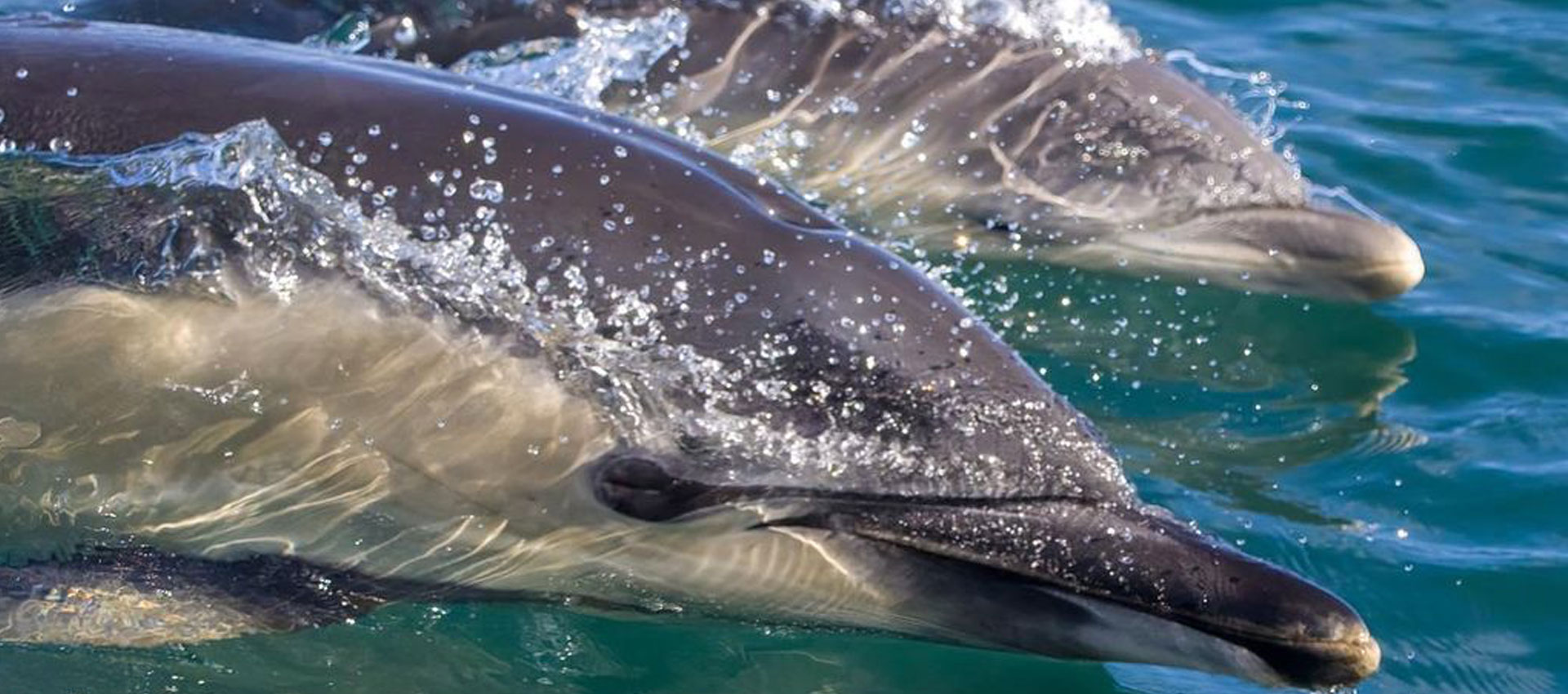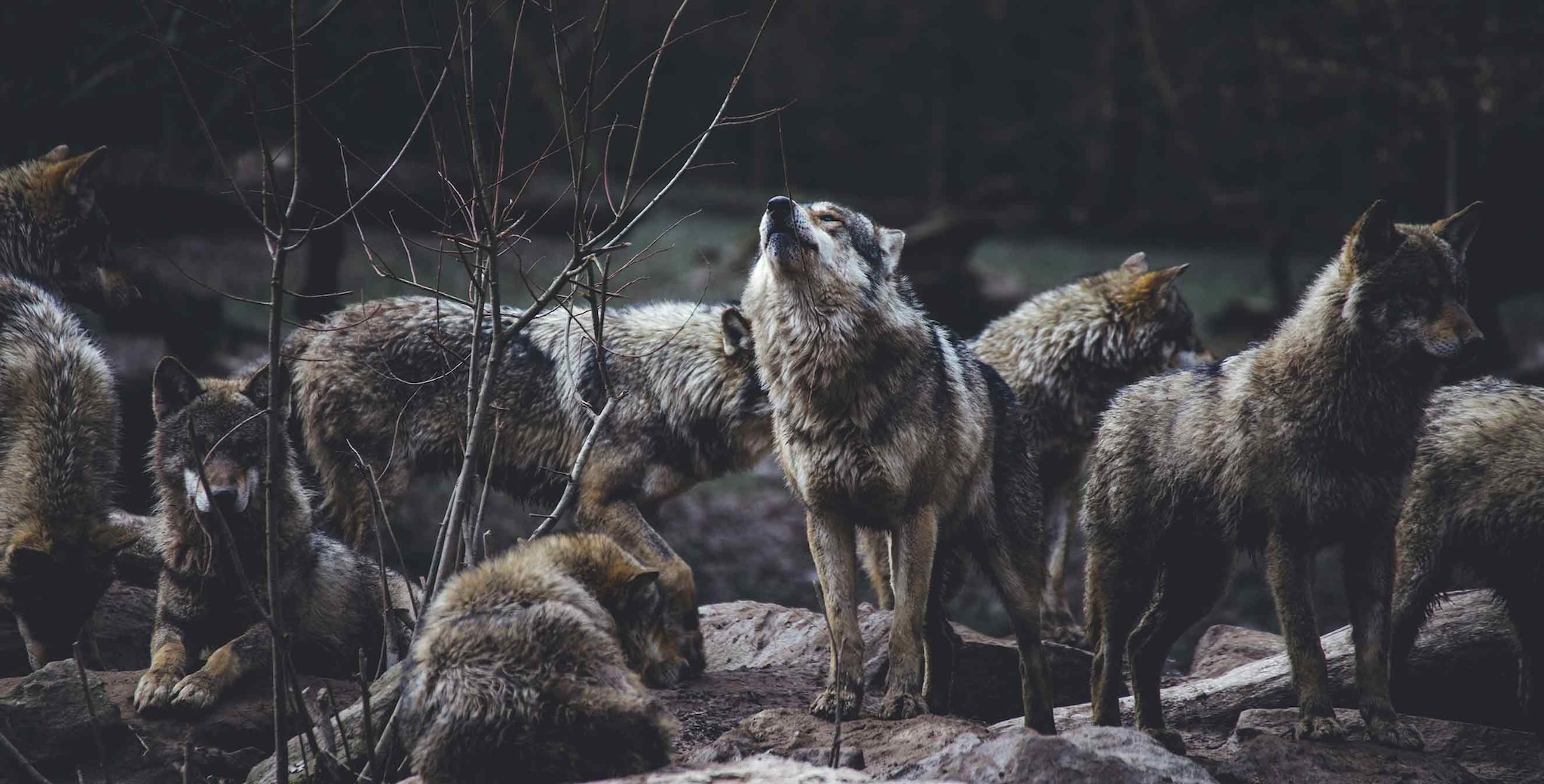Mammals
Welcome to the incredibly diverse world of mammals. This group includes humans and all other hairy warm-blooded vertebrates. Their brains are better developed than other types of animals, and they nourish their young with milk.
PAGE CONTINUES BELOW
PAGE CONTINUES BELOW
PAGE CONTINUES BELOW
























